Our latest series on Voice has explored the power of creative communities across the country to bring people together through art. The UK arts scene is too often dominated by famous institutions, London galleries and a select few individuals. Community Power turned this conception of British art upside down by underscoring the power of grassroots communities to affect local change, explore regional identities and foster togetherness.
Voice has interviewed communities across the UK: from Marginal Publishing, the youth-led publishers championing under-represented authors, to creating artistic spaces for asylum seekers in Wakefield, to transforming a school bus into a mobile observatory in east Leeds.
In this round-up, I highlight three recurring themes and discuss what can be learnt from these creative communities.
The art of everyday life
The communities included in this series differ in objectives, location, art form and participants. The first similarity, however, is how they engage with the everyday. The process of forming a grassroots community motivated by making positive change through creative means is long-term. Incremental progress is valued above fast, superficial change. What these creative communities have mastered is engaging with the art of everyday life.
For example, Steve Allbutt, founder of StudioName in Leicester, emphasised the importance of everyday consistency in gaining the trust of local residents. For Albutt, grand events, celebrity artists or innovative exhibitions were unimportant. Instead, consistency meant artistic education provision and skills training for local residents at the same time and place each week.
Albutt describes the challenges faced early on in the community: “Initially we were seen as outsiders. There were barriers to be broken down with the Somali community and also second generation Bangladeshi or Pakistani communities. It was very difficult to gain their trust. But you have to realise that gaining the trust of the community is a long process and you have to be there for the long haul.”
Adam Sutherland, Director of Grizedale Arts in the Lake District, pressed the importance of organic development. Grizedale Arts restores historic buildings within the local community and transforms them into creative and cultural sites. These projects were accomplished not by centralised funding grants but through the work of local volunteers who are invested in the land and community.
Describing a village hall renovation, Sutherland says: “[It] wasn’t part of a big funded project. We did it organically, piece by piece, making best use of the skills, materials and resources to hand. We wanted it to feel part of everyday life.”
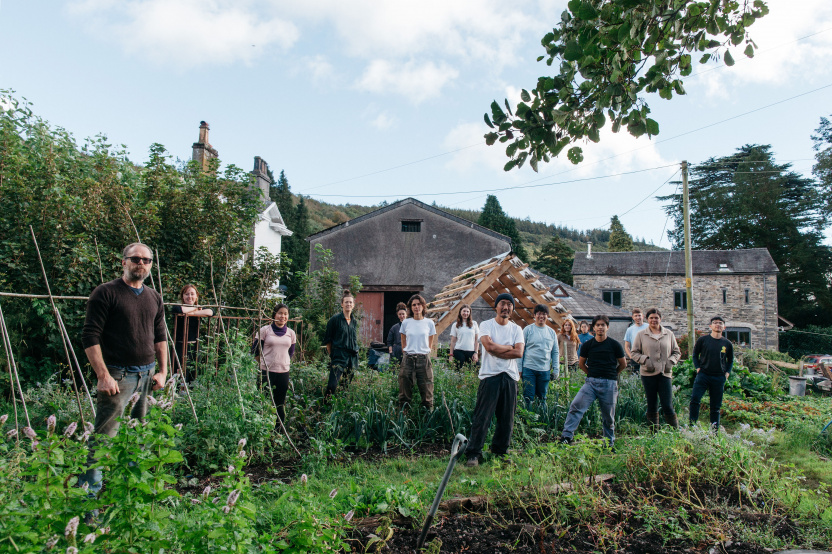 Grizedale Arts
Grizedale Arts
The art of precision
The creative communities included in this series also shared precision in their objectives and mission. Effective change seemed most possible when their goals were precise, contained and localised.
For example, Claire Irving, Co-Director of the East Leeds Project, described the lack of creative and cultural infrastructure in her local area of Gipton and Harehills, outside the major city. The precise objective of the East Leeds Project was to bring art and creativity to the people of this specific area. Over time, the project moved between spaces in the town, from a local church to a squash court, but their objective remained consistent.
Irving also commented on consistent conversation with local residents to provide what they actually want. “We heard that people wanted to see art in a more accessible way, because currently to see art in Leeds you had to travel into the city centre and back. For women in particular, that was difficult, especially when the transport system isn’t good in the winter. So this fed into our objective about taking art, and art making, to the people.”
Precise objectives, however, does not negate flexibility and responsiveness. Sutherland at Grizedale Arts articulates this in light of the organisation’s recent renovation of a local pub, The Farmer’s Arms, into a creative venue. “Grizedale has become known for showing up and responding to the community in really positive ways. We want to really have a transformative impact on the opportunities of local people and local artists. Because we’re a small organisation, we’re able to react quite quickly. Whenever there is a possibility or an opportunity, we try to capitalise on it.”
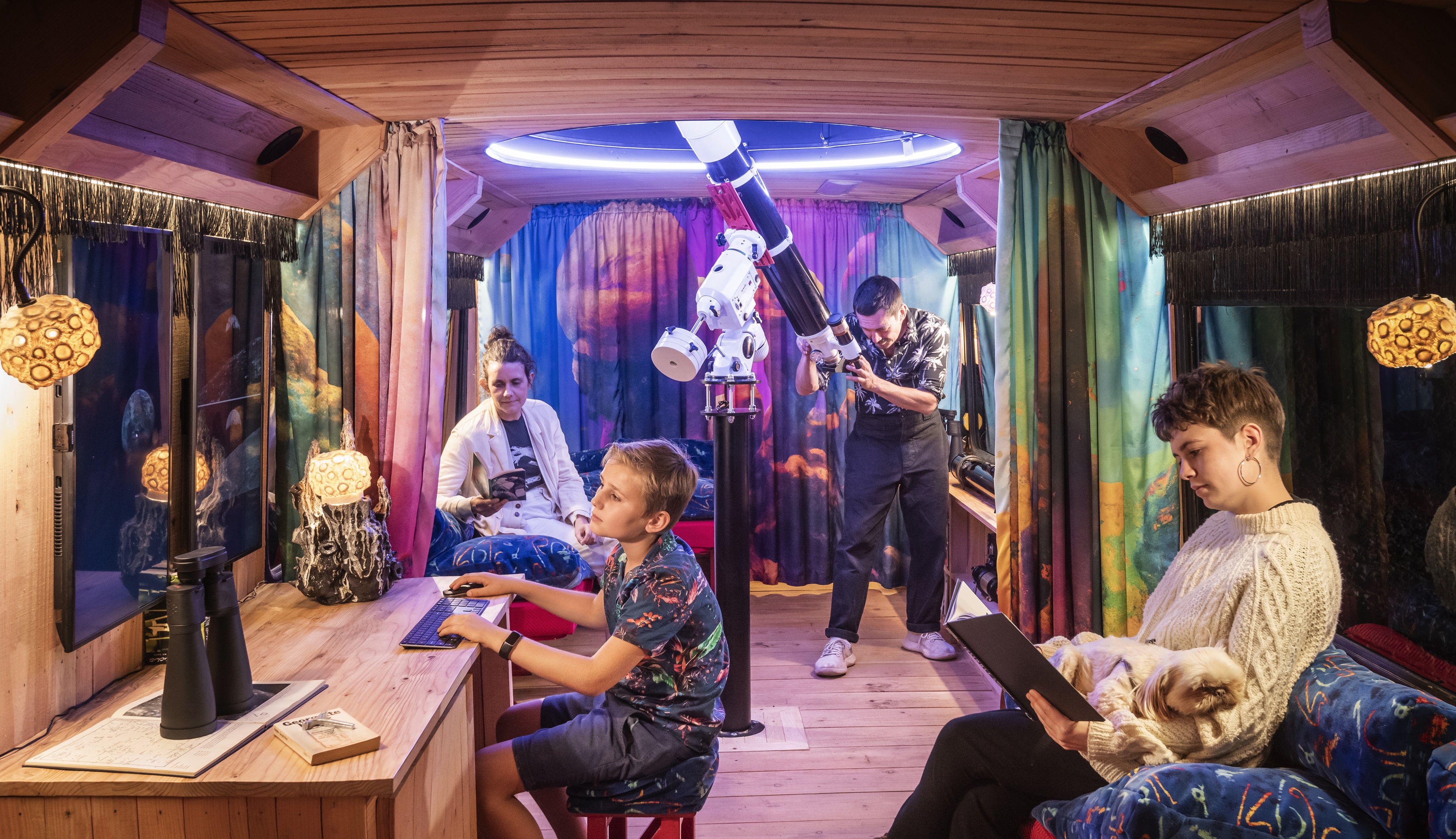 East Leeds Project. Credit: Charles Emerson
East Leeds Project. Credit: Charles Emerson
The art of inclusion
Not only do the creative communities precisely identify their objectives, in line with meeting local needs, many also prioritise inclusion.
Irving at the East Leeds Projects underscored the importance of being non-judgemental. Valuing creative practice of all kinds again goes against the norms of the traditional art world, where certain art forms have been elevated above others. A principle of non-judgement also helps the East Leeds Project to be able to effectively provide for local needs.
As Irving says, “We meet people where they're at. That's really important because people come to their creative practice from all different kinds of angles, some have gone through university, some have just been doing it at the kitchen table. I met this woman who created scenes of Dubai in glass ashtrays on her coffee table.”
The most intentional form of community inclusion encountered when compiling this series was at the Studio of Sanctuary programme, led by Damon Jackson-Waldock. The Art House began to respond to the changing community landscape in Wakefield. Situated close to an initial accommodation centre for asylum seekers, the Studio of Sanctuary programme aimed to create space for the whole community, regardless of status or background, to sit around a table together.
Jackson-Waldock describes the challenges, and rewards, of such intentional inclusivity. “We’re not only offering creative support, we offer a warm welcome to anyone who comes through our doors. I would say it’s the hardest work that we do here, because of the pastoral side. But it's some of the most important work too, and has so many special moments.”
The Studio of Sanctuary programme responds to anti-immigration sentiment in Wakefield by aiming to foster community cohesion. The Art House runs community art workshops where diverse groups come together and learn a new art form.
Referring to this programme, Jackson-Waldock says, “It can be easy to stigmatise people. But when you sit around a table and create, you start to realise that we have a shared humanity. That’s what it can offer. For that moment, working together, everyone has a shared sense of just being a person in the world. There’s no labels at that point.”
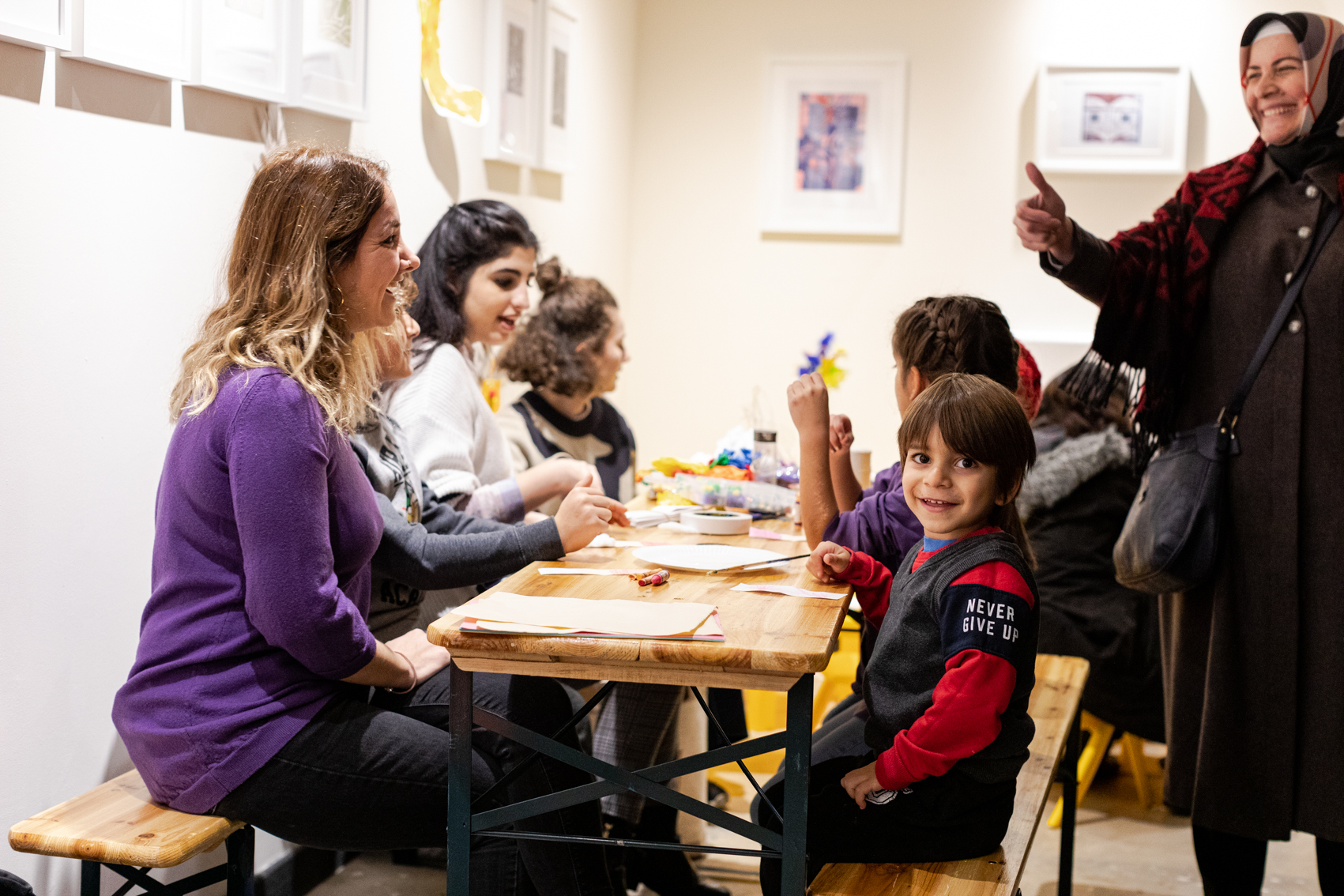 Studio of Sanctuary
Studio of Sanctuary
What we learnt
Community Power has uncovered the depth and breadth of creative communities active in localities across the UK. In doing so, Voice aims to showcase the potential of grassroots communities to activate local residents and inspire change through the medium of creativity.
The communities included here have underscored what can be achieved through gradual progression, working in close collaboration with surrounding land and populations. There is nothing glamorous or particularly novel about the projects or people highlighted here. Instead, what stands out is their counter-cultural commitment to long-term change.

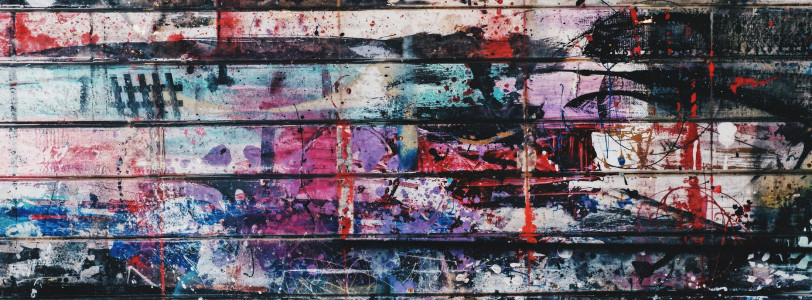



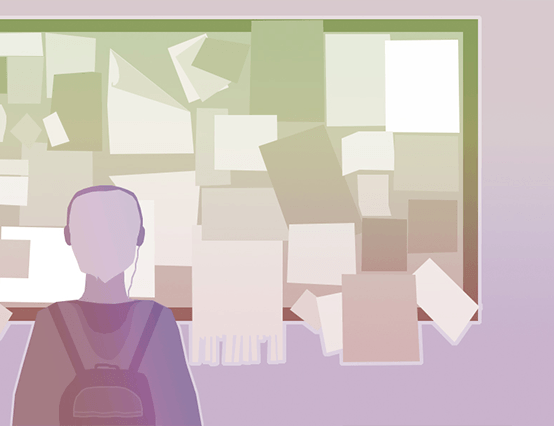


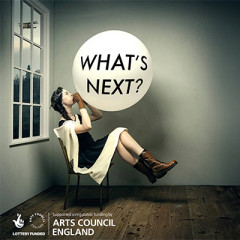
0 Comments